Maximalism always manages to stand out against the pristine style adopted for most interior spaces these days. They serve not just as outliers in a market dominated by minimalism, but also as sources of inspiration for its people. Assuaging to this desire of summoning a fantastical aura in an indoor venue, the sixth edition of Design Parade Toulon, a French design fair, welcomes ten interior designers to present their works. The international design festival commenced on June 25, 2022, and will remain on view until October 30, 2022. Launched in 2017, the Toulon fair is a successor to Design Parade Hyères, the original iteration of this design event which is dedicated to presenting contemporary design innovations. Design Parade, organised by Villa Noailles, presents a combination of competitions and design exhibitions at both Hyères and Toulon every year.
Programmed in a similar manner as the Hyères leg, Design Parade Toulon, themed on interior design also hosts the showcases of 10 interior designers, along with an array of exhibitions by renowned designers from the industry. The finalists of the competition whose works are on display at the French fair this year include Paul Bonlarron, Sophie Devaux, Carla Genty & Léa Ollivier, Claire Jeancourt-Galignani & Billy Poitevin, Thomas Morineau Barthelemy, Madeleine Oltra & Angelo de Taisne, Clément Pelisson, Lauranne-Élise Schmitt, Marthe Simon, and Jeanne Tresvaux du Fraval. The jurors of the competition include Rodolphe Parente, Parisian interior designer and president and guest of honour for the jury of Design Parade Toulon; Alexis Armanet, a photographer from Paris, France; Paris-based actress Carole Bouquet; journalist Alice Cavanagh; artist Jean Claracq; designer Jean-Baptiste Fastrez; interior designers Charlotte de Tonnac and Hugo Sauzay of Festen architecture; Emma Lavigne, executive director of the Pinault Collection in Paris; designer Dorothée Melichzon; and Edgar Jayet & Victor Fleury Ponsin, interior designers and artists from Paris and the laureates of the Grand prix Design Parade Toulon 2021.
Paul Bonlarron’s La toilette aux coquillages is a livable shell where one can find privacy and conducive space for the care of one’s body and mind. “The design of my creations is closely linked to the soft material, whether mineral or synthetic, and to its industrial, hand-crafted, or diverted shaping. By handling these singular materials, I seek to unfold sensory worlds with moving contours, always ready to metamorphose,” says Bonlarron, whose approach is characterised by a strong presence of ornamentation, saturation, forms and colours. La toilette aux coquillages carries the mineral texture associated with rocaille frescoes, the reflections prominent in mirrors and the dance of water in a screen fountain. Its dreamy appearance beckons the residents of this space to dream of fantastical scenes and objects.
Compluvium by French interior designer Sophie Devaux is inspired by the domestic architecture found in Mediterranean antiquity. A modern interpretation of the archaic structures that were built as transition spaces between the inside and outside, the Compluvium atrium designed by the French designer comprises a room with a fountain in the centre. "From the outdoor sweltering heat and light to the indoor temperate mildness, this transitory space allows us to collect a natural resource and resonates with our current environmental concerns," Devaux explains, outlining the importance of this timeless space. The fountain, designed by her, is supplied with water through a network of ceramic channels and gutters. Her fountain is fed by a network of ceramic tubes and gutters. Aside from the settling tank and filtered cistern, this space is embellished with engravings of water deities that both ornament and ritualise the place.
Carla Genty & Léa Ollivier’s Primo Sole is a space that reminds users of both the solar and floral presence in nature. After studying the captivating impact that the sun projects, Genty and Ollivier decided to build a space where the skin can fully surrender to light. The solarium, built using gypsum fragments, ensures this exposure to light as well as to a Mediterranean endemic plant, the calendula. "This place is an invitation to strut on soft curves and to stop counting the hours when the body and the star become one," Genty and Ollivier share about this meditative space.
Le sel, la sagne et la salicorne by Claire Jeancourt-Galignani & Billy Poitevin, is a landscape space located in the heart of the Rhône delta. It is characterised by a mix of porosity and dryness, something that can exist at the brink of land and sea. Narrating the intent behind the project, the designers share in a statement, “The search for a fragile balance between the preservation of the salt areas and the development of flora and fauna has guided the interventions conducted on the coast. In an exceptional ecosystem, a harmony is revealed between a unique natural context and the hand of humans working with respect for and acute knowledge of the environment they are part of.” Le sel, la sagne et la salicorne are the culmination of this thought. It is illustrated by the amalgamation of three materials, namely salt, reed, and samphire.
La Taulo e l'Oustau by Thomas Morineau Barthelemy is a raw space where the only decorations are natural elements such as light, smoke masks, earth and stone textures, and straw objects. Sardine Sardine by Madeleine Oltra & Angelo de Taisne is a cosy yellow-washed retreat. It is made of canvas and is intended for camping vacations. The tent's contents include a comfortable cot, openings that function as windows, and an area to store important homeware items as well as food.
Clément Pelisson’s La cellule de correspondances is a special room dedicated to letter-writing. The inspiration for the design of this room is derived from the story of a Portuguese nun, who was left alone in Portugal by her lover, a French officer on duty during the Restoration War. During this tenure, she wrote several passionate letters to him, despite receiving no response from the officer. These letters were later published in 1669 under the title ‘The Letters of a Portuguese Nun’. Pelisson’s cell design recreates the architecture of the nun’s residence, lit by natural light with a desk opposite the window, creating a niche for the writer to sit, introspect, dream and pen down their thoughts. The rest of the space in the room is coloured in fuchsia, with the neon portrait of a tormented nun hanging on the wall.
Sunrise by Lauranne-Élise Schmitt, as the title suggests, encompasses Mediterranean appeal at its most extreme. Schmitt describes the inspiration for this soft space as "the song of the cicadas from the Massif de l’Esterel, the red rocks from the Cap Dramont, the stretches of mimosas ridden through by bike yesterday, the bayadere pattern typical of the beaches of the coast, the chandeliers that appear to float as if by magic under the pines during the long summer evenings, and most important of all, this sky abounding in shades as far as the eye can see."
Marthe Simon’s L’oursinade promises to offer an immersive experience where the sea world can be experienced. Inspired by a scrumptious delicacy that Simon loved to have as a kid, the interior architecture of L’oursinade mirrors the emotions felt by the designer around the sea and its creatures. "The project is inspired by the patterns of the villa Kérylos and plays with the aesthetic codes of the calade," says Simon. The entrance of the place beckons people to throw away their adornments and come and freely sit around the round centre table. Lastly, Jeanne Tresvaux du Fraval’s Rendez-vous pour la sieste presents a disoriented space for a siesta.
A few exhibitions at Toulon include the guest of honour Rodolphe Parente’s exhibition Contre-soirée; last year’s laureates Edgar Jayet & Victor Fleury Ponsin’s artistic intervention at the bishop’s palace in the heart of Toulon; Les Crafties' art platform and nomadic device L’Aventure and Damien Poilain’s Le Pavillon Éphémère mural, amongst other presentations. The presentations at Design Parade Toulon offer a glimpse into the possibilities of creations inspired by nature and natural entities. Each space at the festival presents more than just an arena for habitation. They preserve ideas and stories within them, such that they can be revisited by each guest, and inspire thus a flurry of new ideas and thoughts.






 Sign in with email
Sign in with email


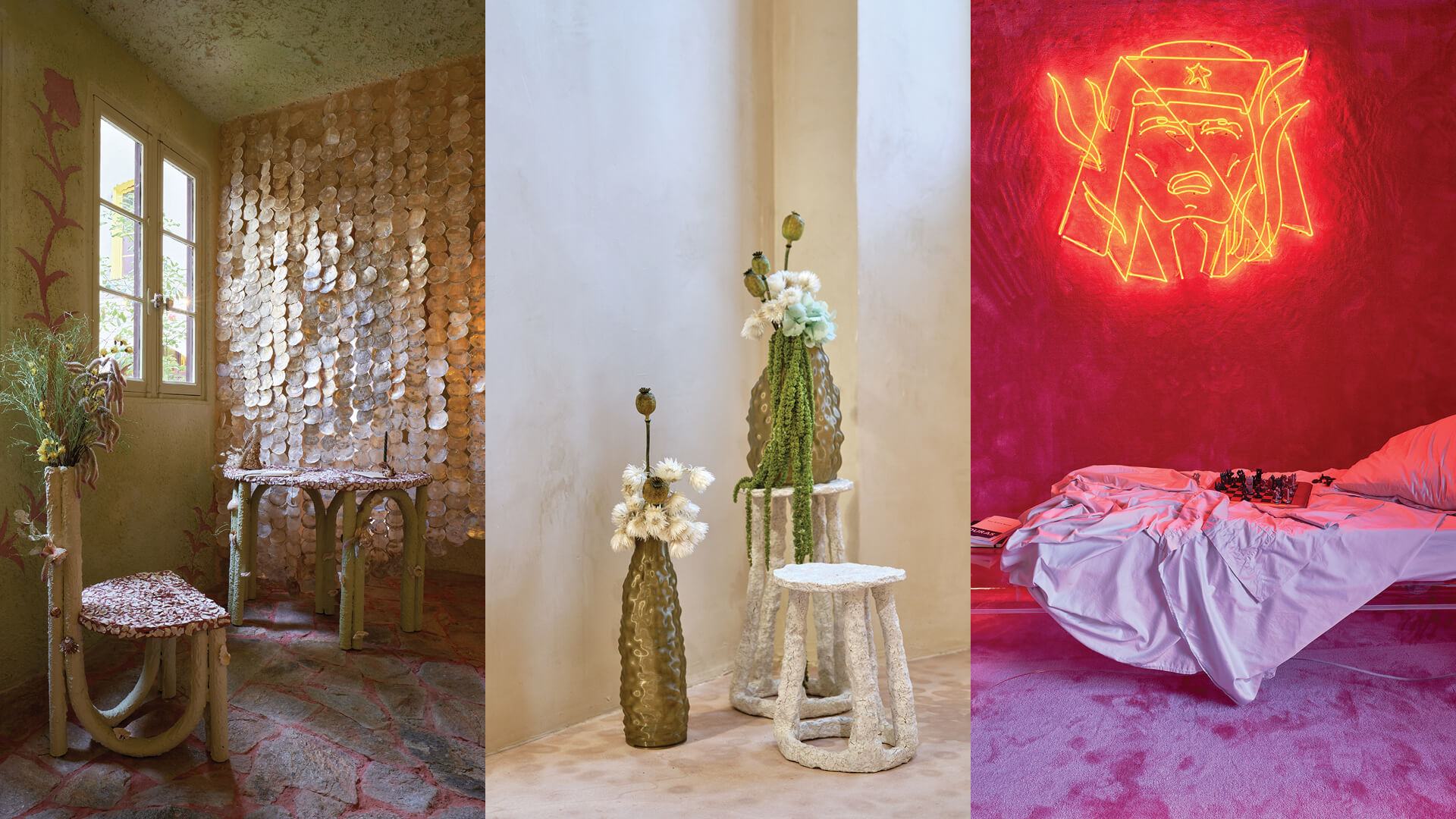
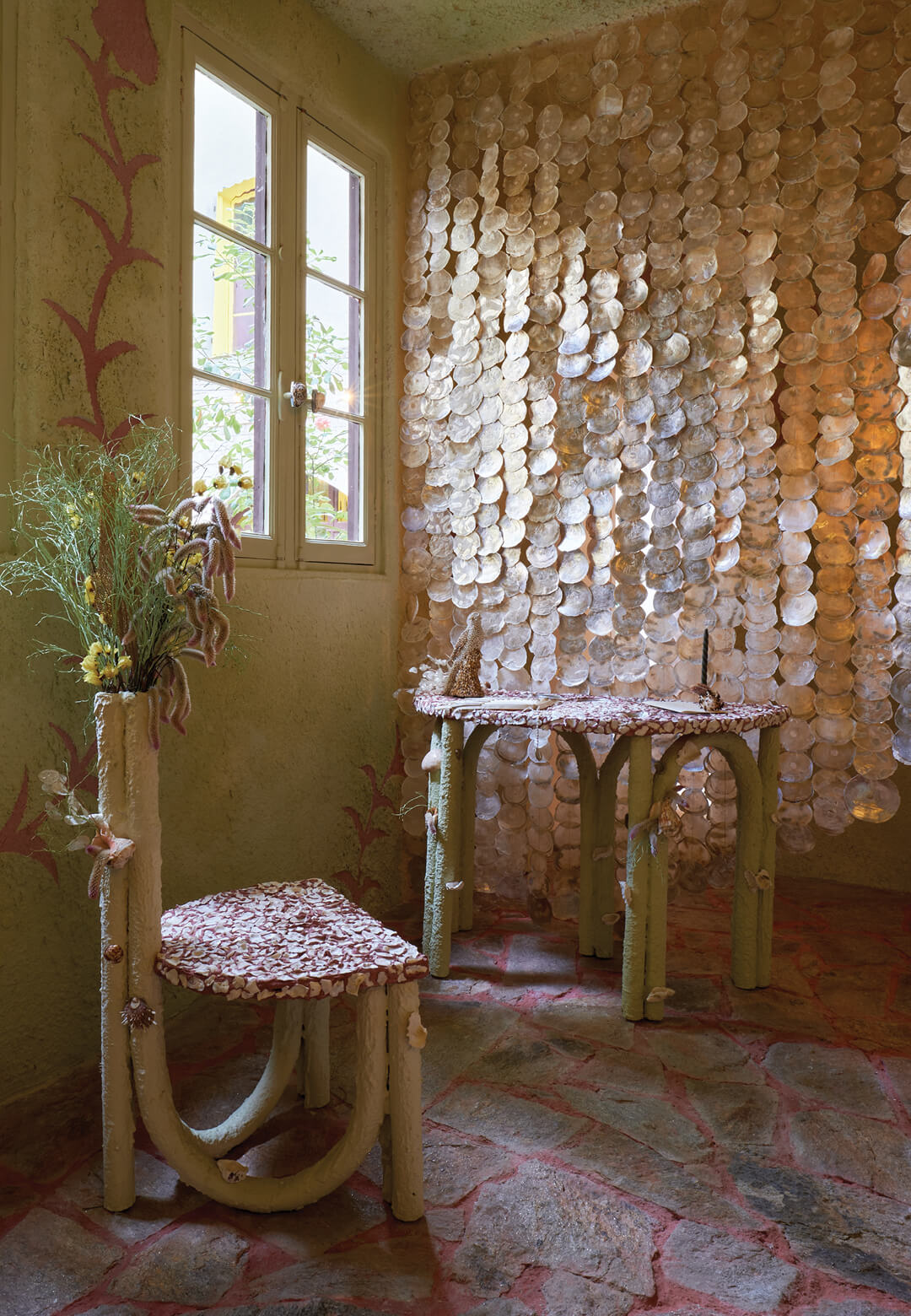
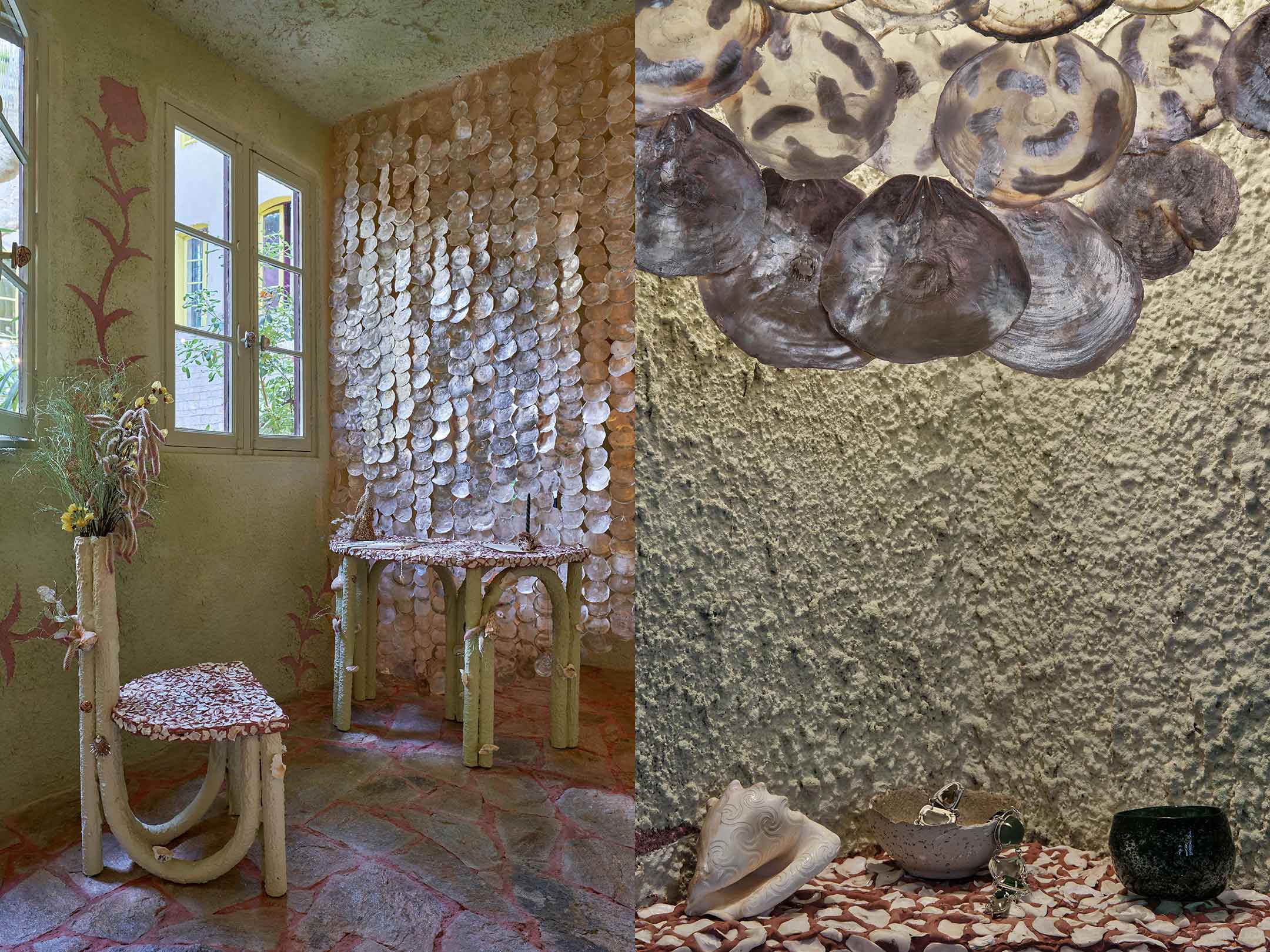
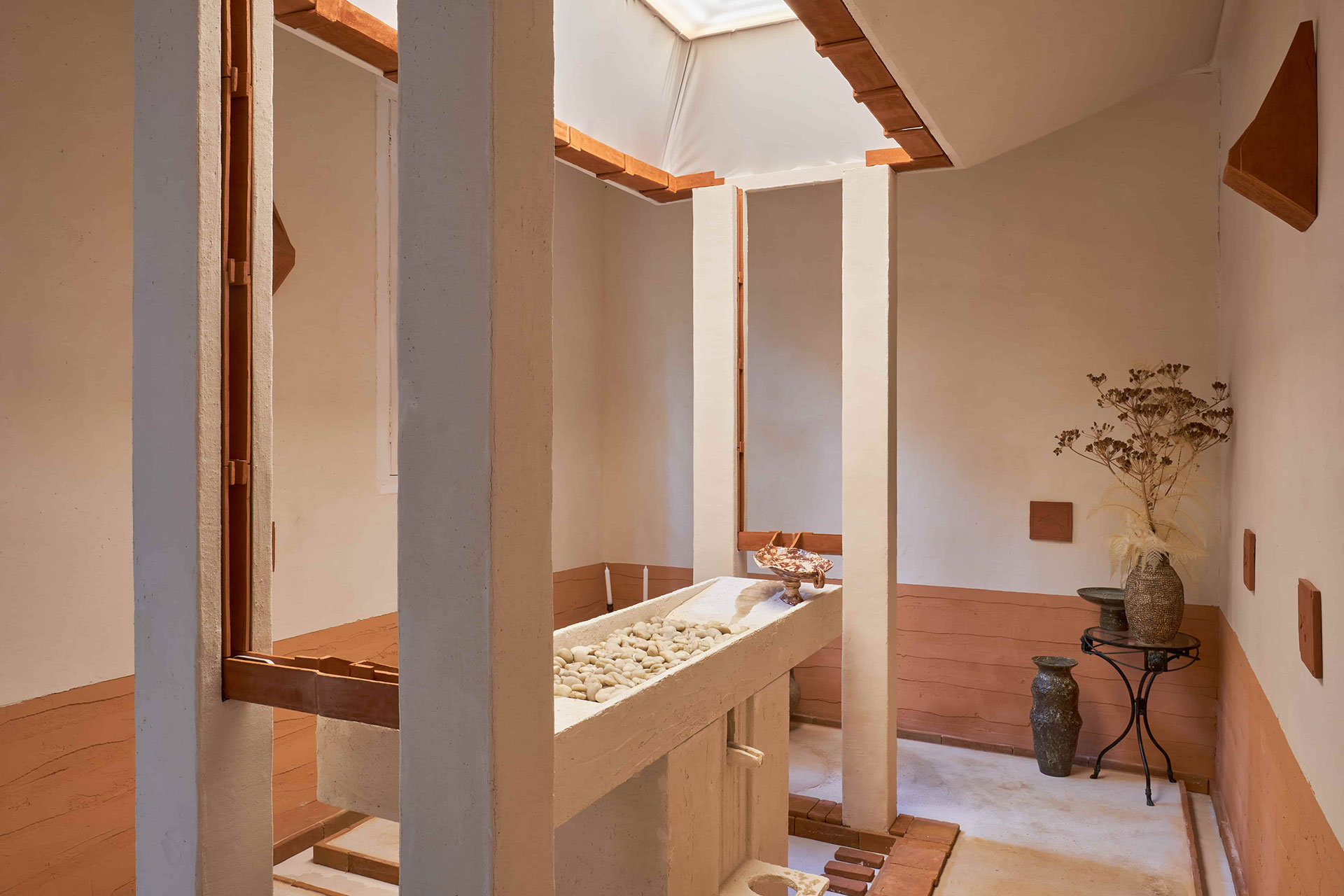
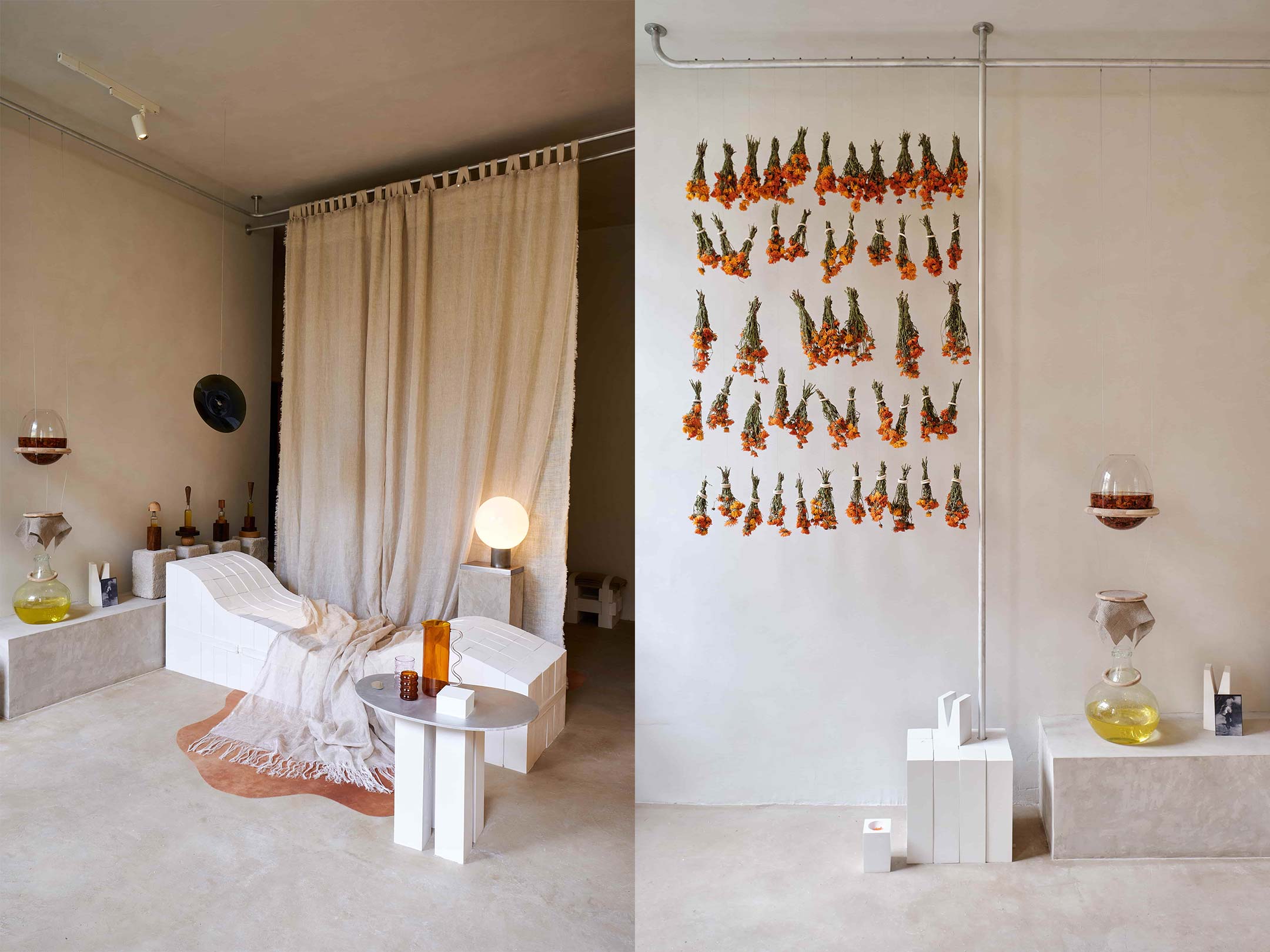
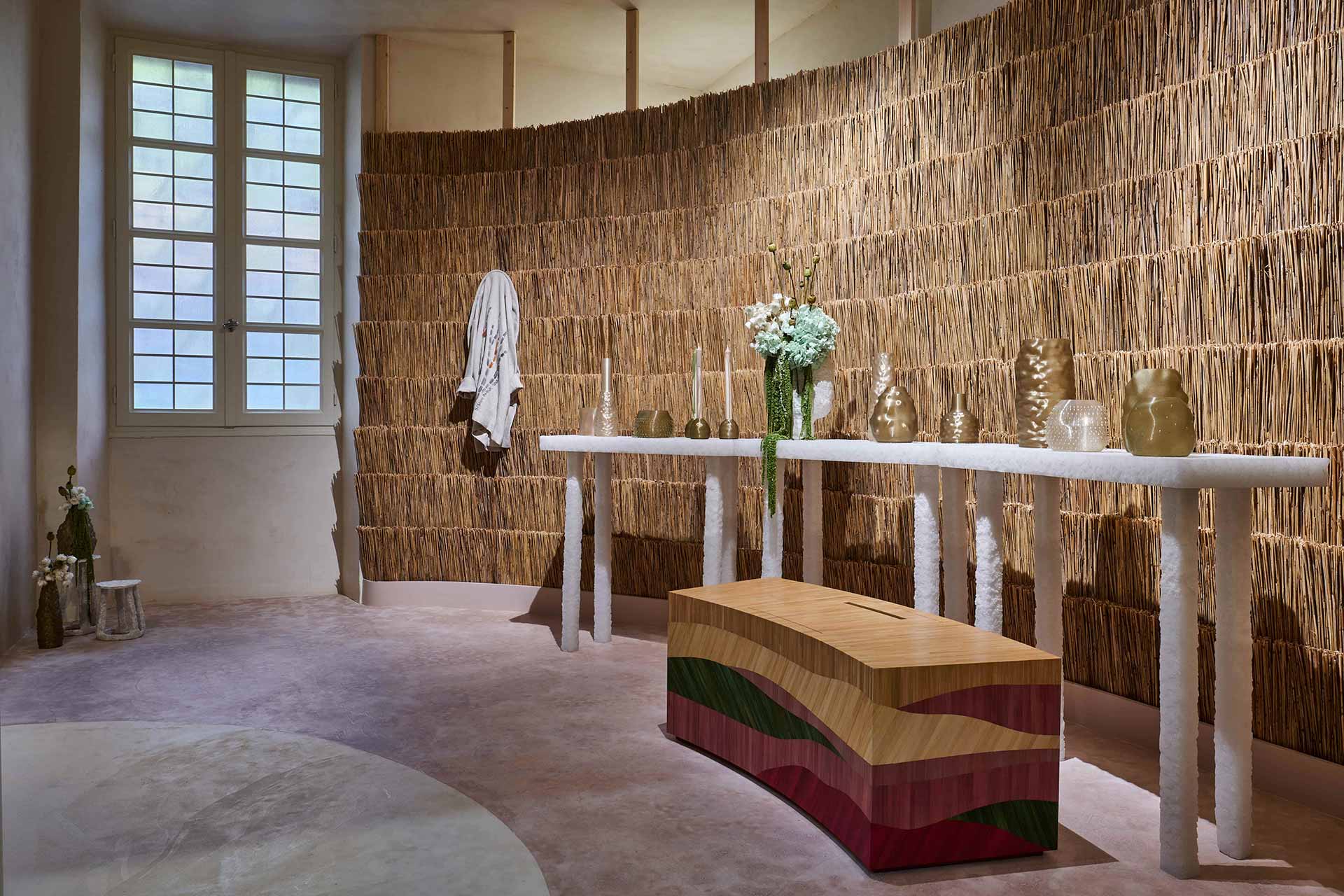
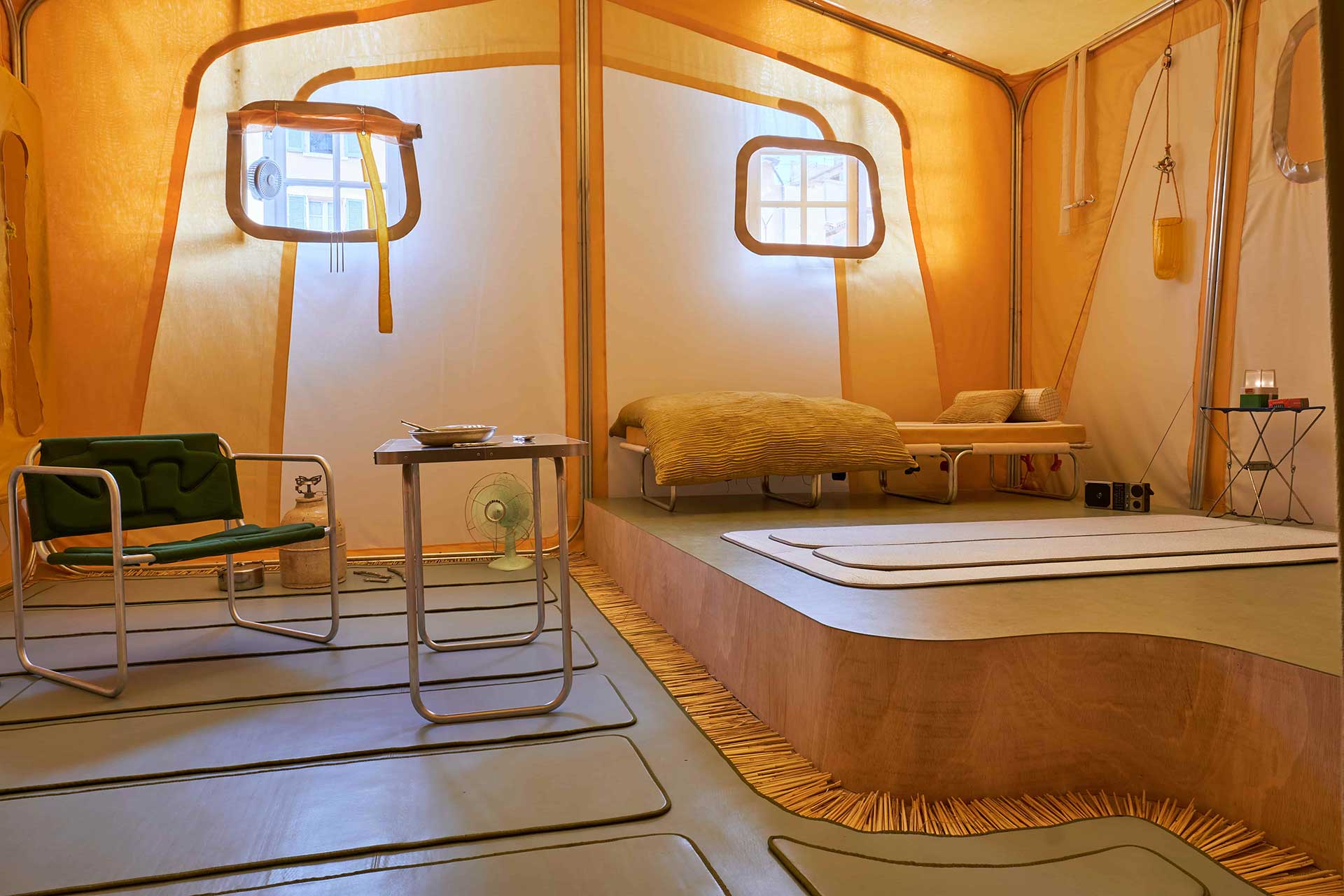
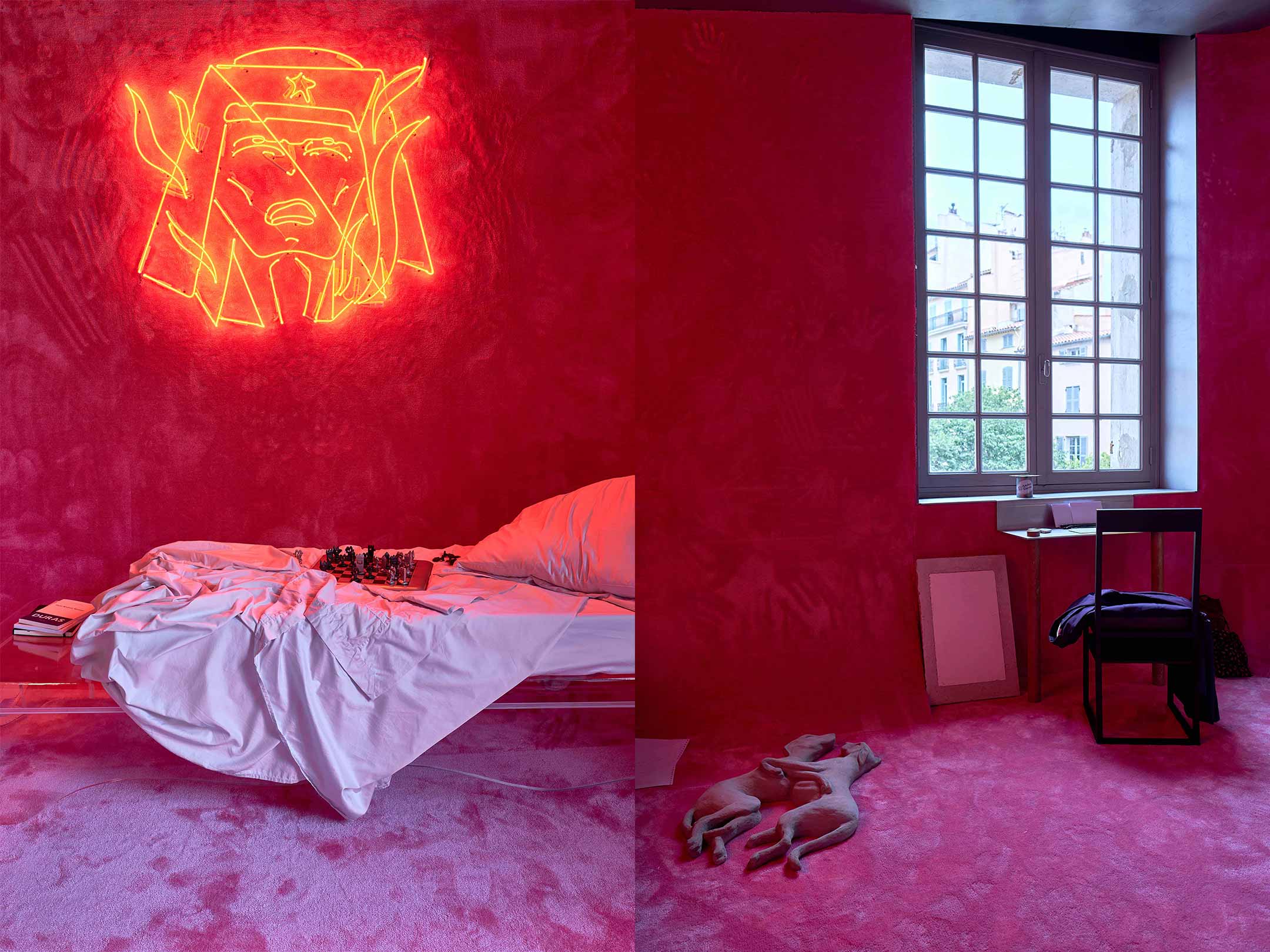
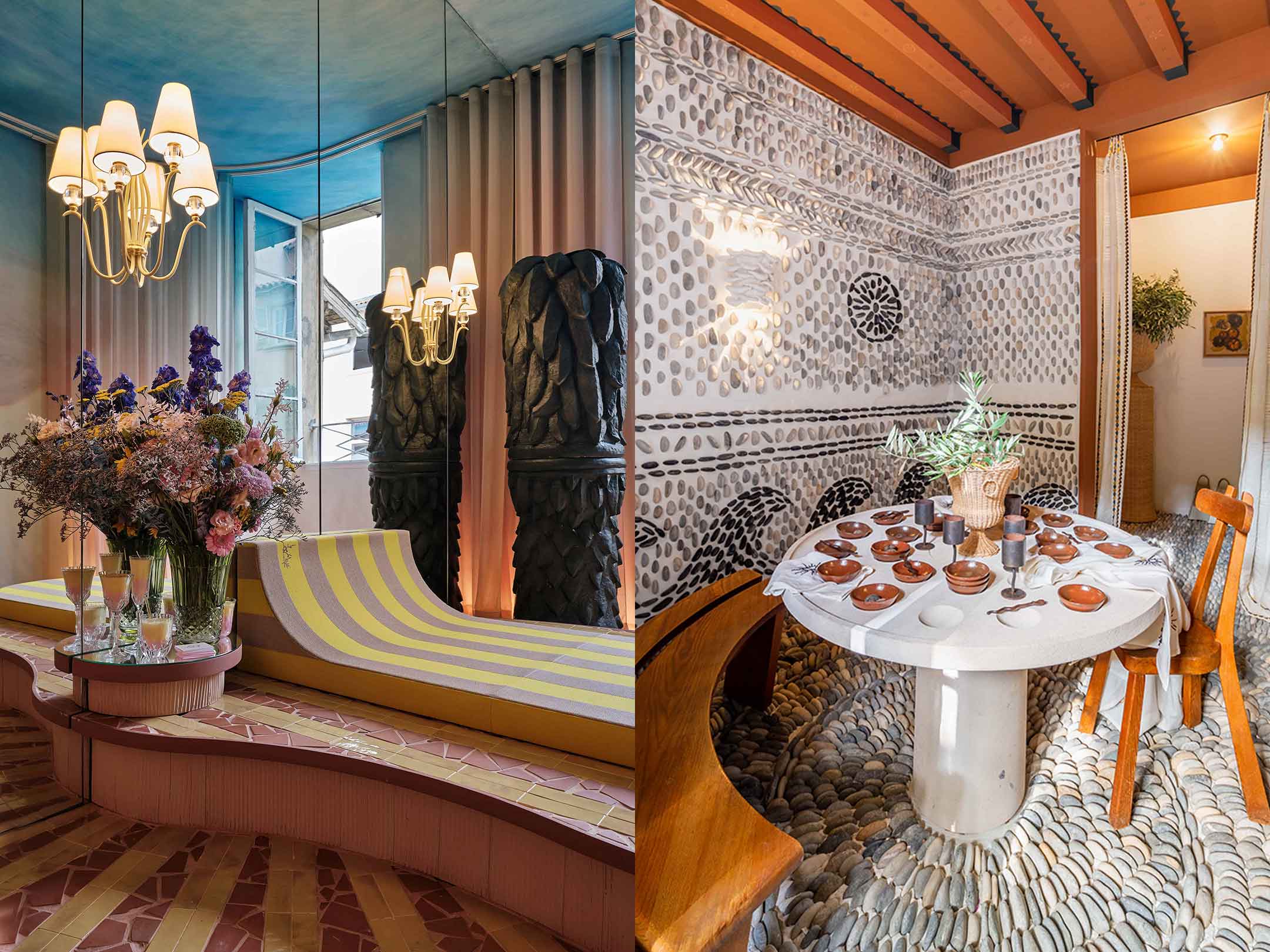






What do you think?